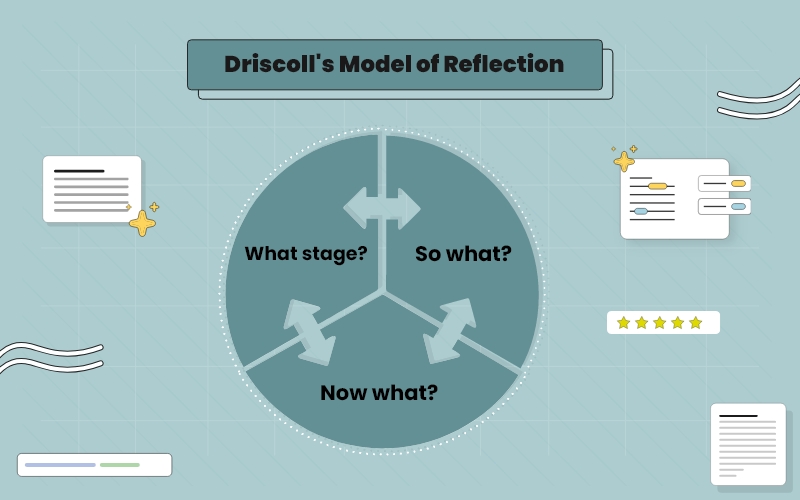
Today we learned about a variety of reflective thinking models. Although each of them had benefits and barriers, I was drawn to Driscoll’s Model of Reflection. I feel that it was a good blend of the other models and allowed me to reflect on my experience without needing to get perspectives from students and colleagues as outlined in the Brookfield reflective model. I think getting reflective perspectives from students and colleagues will be beneficial to help me improve the quality of my practice. I think this will be a great model to use once I start teaching professionally, but as a student, I feel the Driscoll model is more relatable.
The Driscoll Model provides prompt questions that allow for deep self reflection, which is very helpful because I have a difficult time keeping things concise and on topic when I am reflecting. These questions allow me to reflect on the whole situation from a variety of angles. So, without further ado, I am going to reflect on the virtual reality in situ we did as a class at Gordon Terrace Elementary.
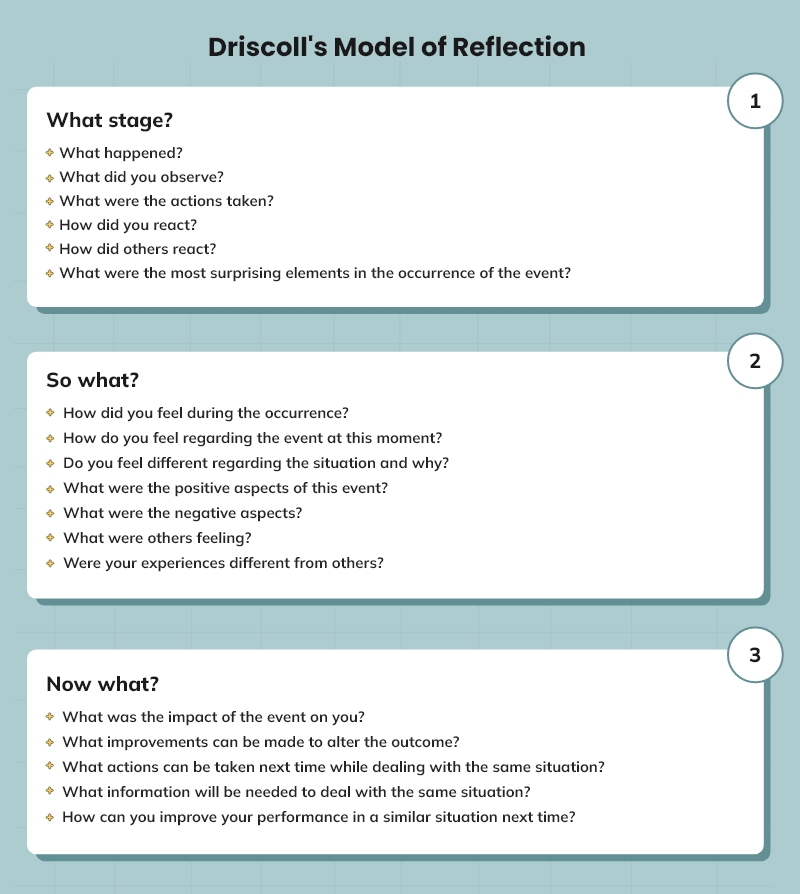
Reflecting on the Virtual Reality In Situ
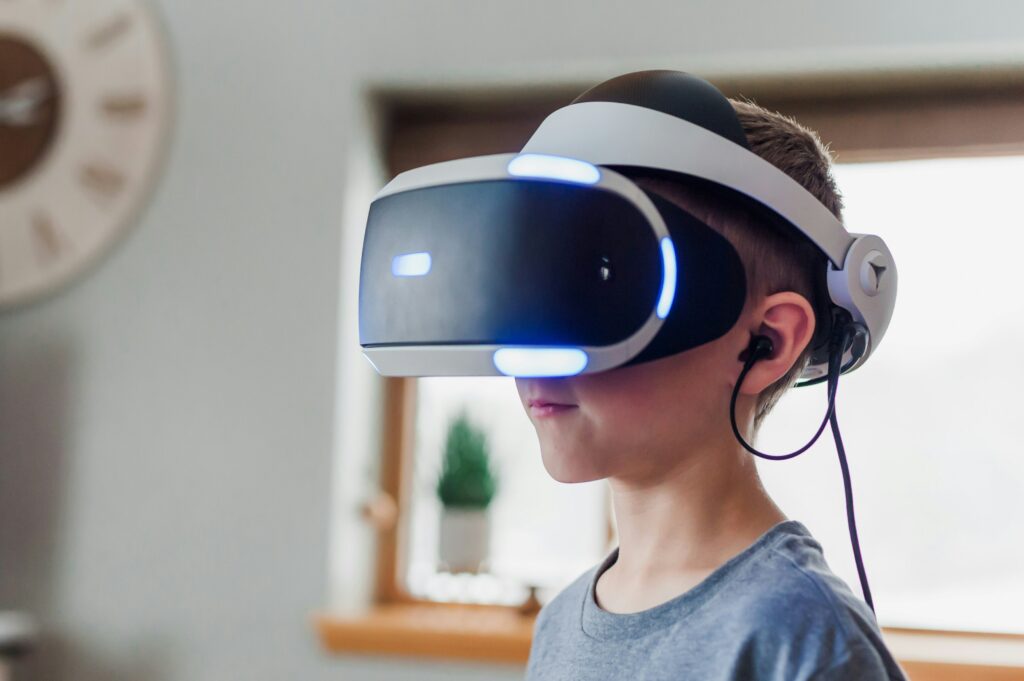
What Stage? Our EKTEP cohort went to Gordon Terrace Elementary School to read the story The Wolves in the Walls with a grade 5 class. Our objective in going to the class was not only to share the story, but to also introduce the students to the interactive virtual reality game that corresponds with the book. The purpose of this was to help students engage with the literacy component of the story on a deeper level. Just as drama story games help students empathize with the characters by allowing them to ‘walk in their shoes’, this virtual reality game allows the player to go through the story and interact with the main character by progressing through various tasks. Each group of four students was given 2 or 3 VR headsets. Two students played the VR while the other two watched the game on an iPad. We had a set time amount to spend with our group with the expectation that every student would get the same amount of time on the VR. The story is split up into 3 chapters and my initial thought was to put a timer on so that each student would have the same amount of time. It was then advised to allow each student to go through the 3 chapters and then switch with the two who had not yet had a turn. This turned out to be an ill advised plan because students take different amounts of time to complete the tasks within the game.
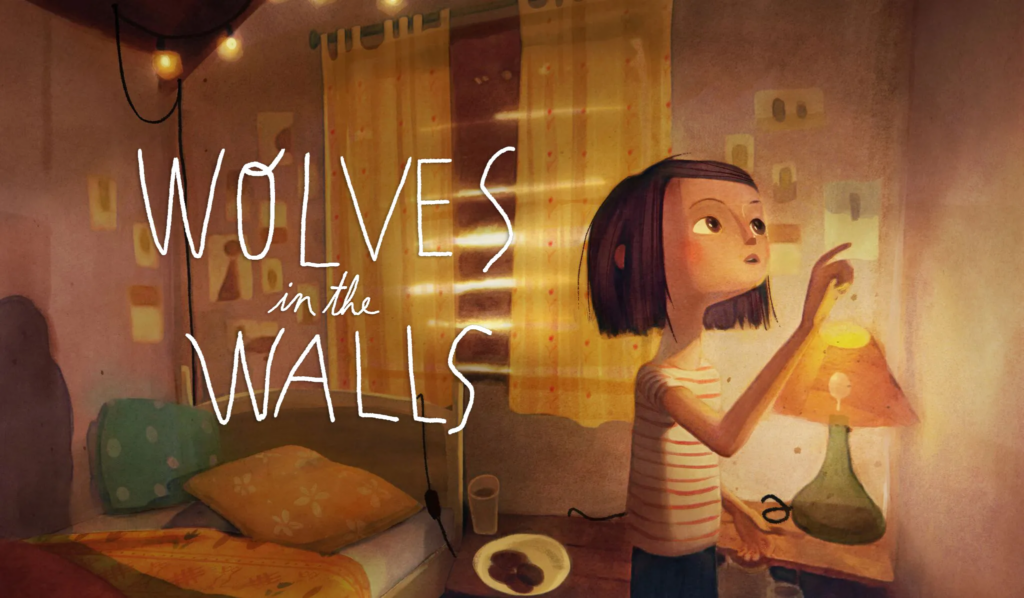
The students who went first got an incredibly long turn, while the others patiently waited for their turn. By the time it was time to switch, the second group only got about 10 minutes and were not able to complete the three chapters.
So What? Before we arrived, I was confident that all the students would get the same amount of time on the VR, but as details were explained about how we would split up the turns, I started to feel anxious that some students would not have as much fun because they had to wait so long for their turn, and it was cut short. These students on the second turn expressed disappointment that their time had been so short, and I felt disappointed that I wasn’t more familiar with how the game worked.
Now What? Hindsight is always 20/20, so the next time I do VR with small groups I would give them 5 minute turns. This way, the students will have equal time and it will not depend on what activities they decide to do within the virtual reality experience. If they want the full experience of completing the entire book, I would offer a time for students to sign up for turns that would be setup in a separate time slot, perhaps in a free choice period. The other thing I would change is to label the VR headsets with the hand controls. There was a bit of time wasted with mismatched headsets and this could have been avoided with proper labelling. Other than that, the students gave feedback that they enjoyed the interactive aspect of the activity. I really saw the value of collaborating with other teachers who specialized in technology to help the class have a good experience. Our instructor collaborated with Ryan Mackenzie who is the district resource center specialist. She also had to collaborate with Marci Archibald at Gordon Terrace to make sure we had a class to work with. This collaboration is directly linked to the UVic teacher competency number 7 that states “practise working collaboratively and collegially as well as independently”. I learned so much about virtual reality and
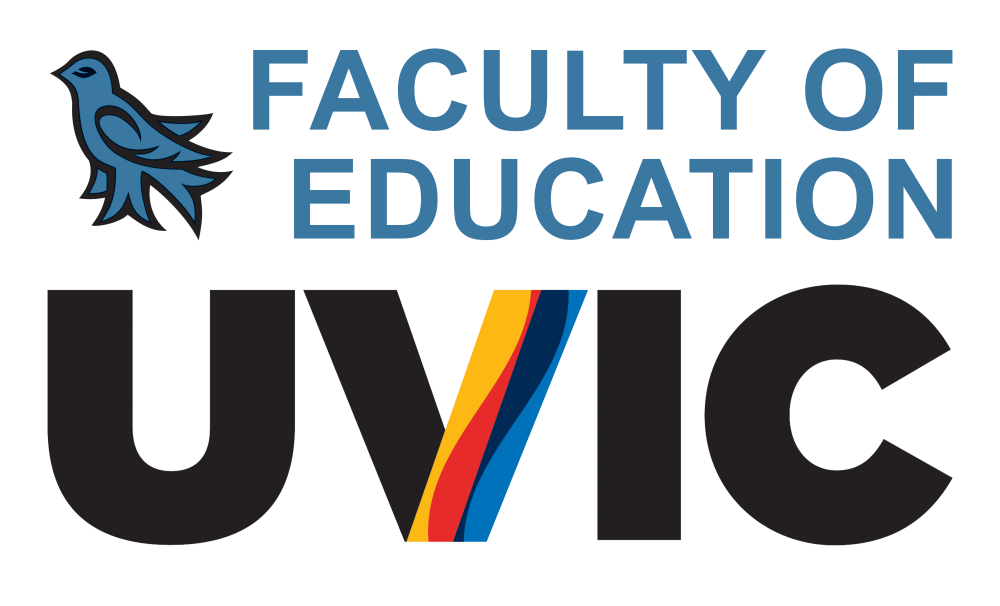
access we have to various technology pieces because of the resource centre and Ryan’s expertise. I was grateful for the knowledge that he shared, and for his enthusiasm to help his colleagues at any time. I can definitely see the value in collaborating with my future colleagues so that I can learn from their knowledge and become better in my practice.


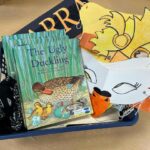

judi61
February 23, 2025 — 10:37 am
Somer,
What a cool experience! Lucky everyone! I am now curious about this book as well. Working collaboratively helps to build and add to your ‘teaching toolkit’. Always keep an open mind and an open door when teaching and learning! And yes, different reflective models lend themselves to different contexts – glad that you like Driscoll’s!
Cheers,
Judi